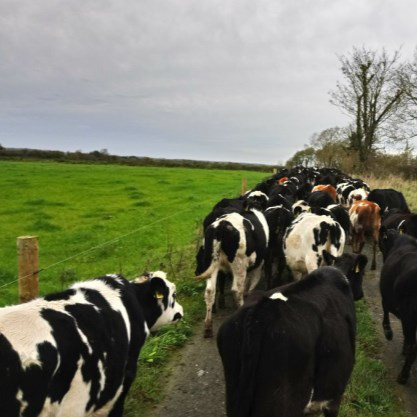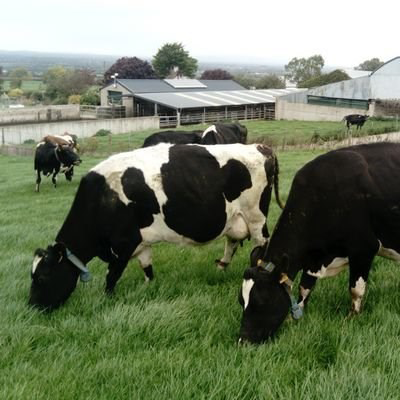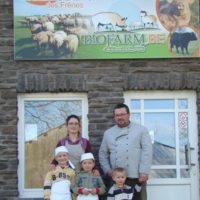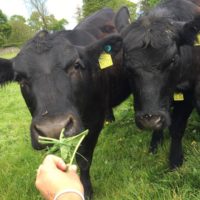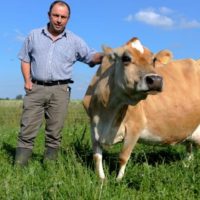Description
- Expanding the farm for grazing
- Focusing on higher production and lower costs
- Setting up grazing infrastructure and soil fertility to carry more stock
- Carry more cows
- Increase output: milk sales
- Increase the profitability of the system
- Economic results
- Discussion groups
- More stock to justify labour on farm
- Pasturebase Ireland
Reason for the innovation
Produce more milk sustainably from grass
- Focusing on higher production and lower costs
- Benefit from economies of scale
- More stock to justify labour on farm
Farm description
Environment
- Soil type: Clay/loa
- Climate type: Temperate Oceanic Climate
- Agricultural area (ha UAA): 114.88
- Permanent grassland area (ha): 114.88
- Average stocking rate (agriculture area) (LU/ha UAA): 2.69
- Altitude: Variation across the farm (350m)
- Slope: Variation across the farm (35%)
Grassland management
- Grazing: Yes
- Grazing management type: Rotational grazing
Structure
- Main animal type: Dairy
- Number of animals (heads): 420
- Total Livestock unit (LU): 380
- Breed type 1: Fr*Je
- Annual work units (AWU): 3
Animal performance
- Milk production per head (l/year/dairy animal): 5300l
- Grassland management type: Rotational
- Length of grazing period: 260-270 days
- Fertilization rate (kg N/ha): 240
Why it is working
- Setting up grazing infrastructure and soil fertility to carry more stock
- Carry more cows, produce more milk, increase profit
- Benefit from economies of scale
- Economic results
- Land available around the milking parlour
- Discussion groups
- More stock to justify labour on farm
- Pasturebase Ireland
